“The most basic human desire is to feel like you belong. Fitting in is important.”
– Simon Sinek
COMMUNITY
Community integration refers to the process of incorporating individuals into the social fabric of a community. The goal of community integration is to foster inclusivity, build social connections, and create a sense of belonging for everyone involved. The closer to society a person is, the smaller the disconnection towards it after their sentence. Detention houses collaborate with local social workers, doctors, teachers, and sports coaches, as well as local governments, municipalities and volunteers from the community. Thus, people in detention houses make use of the same service providers (teachers, psychologists, trainers, coaches, etc.) as everyone else in the neighbourhood.
core questions
01.
What is the difference between people in the community supporting people in the detention house and professionals working in the detention house?
02.
How can the detention house add value to the community?
03.
What role can the community play in the transition from large-scale prisons to community-integrated detention houses?

COMMUNITY
Community integration refers to the process of incorporating individuals into the social fabric of a community. The goal of community integration is to foster inclusivity, build social connections, and create a sense of belonging for everyone involved. The closer to society a person is, the smaller the disconnection towards it after their sentence. Detention houses collaborate with local social workers, doctors, teachers, and sports coaches, as well as local governments, municipalities and volunteers from the community. Thus, people in detention houses make use of the same service providers (teachers, psychologists, trainers, coaches, etc.) as everyone else in the neighbourhood.
core questions
01.
What is the difference between people in the community supporting people in the detention house and professionals working in the detention house?
02.
How can the detention house add value to the community?
03.
What role can the community play in the transition from large-scale prisons to community-integrated detention houses?
COMMUNITY
Meet colleagues across Europe pursuing the same goal. Contribute your knowledge to the community. Be the first to hear the latest developments on small scale forms of detention. Unlock your curiosity and become part of the RESCALED community.
COMMUNITY
Meet colleagues across Europe pursuing the same goal. Contribute your knowledge to the community. Be the first to hear the latest developments on small scale forms of detention. Unlock your curiosity and become part of the RESCALED community.

Hannah Graham [Scotland] Hannah Graham is a Senior Lecturer in Criminology at the University of Stirling. She is an Associate Director of the Scottish Centre for Crime and Justice Research (SCCJR), co-hosted across five Scottish universities. She is an Editor of the European Journal of Probation. Hannah also holds a public appointment as a member of the Scottish Sentencing Council, an independent advisory body. For more information: h.m.graham@stir.ac.uk

Elieze Termote [Belgium] Elieze Termote is a member of RESCALED and Vzw De Huizen and is currently working as a researcher at the Vrije Universiteit Brussel. She is doing research in the two new Belgian prisons of Haren and Dendermonde. In addition, active as a volunteer in the prison of Ghent, and as a project officer at ‘Prison Talk’ where they support former incarcerated persons in telling their stories about detention among the wider social public. For more information: Elieze.Termote@vub.be

Ines Horta Pinto [Portugal] Ines Horta Pinto, PhD in criminal law, currently serves as Legal Adviser to the Secretary of State for Justice at the Ministry of Justice, Portugal. Previously, she held roles such as Legal Officer at the Human Rights Division of the Ministry of Foreign Affairs, Head of the Office of the President at the Constitutional Court of Portugal, and Legal Adviser to the Minister of Justice. In addition, she has contributed as a teaching assistant, researcher, and project participant, focusing on criminal justice and human rights issues both domestically and internationally. For more information: ineshp@fd.uc.pt

Frans Douw [Netherlands] Frans Douw began his career with juveniles and later headed a department in a forensic psychiatric observation clinic. As director, he led several prisons in the Netherlands for nearly 30 years. Twelve years ago, he founded the Recovery and Return Foundation, which fosters connections between offenders, victims, professionals and families. In 2021, he published “They Are Human Beings, the Story of a Prison Director,” reflecting on his extensive career and personal life. Fore more information: Frans.douw1@gmail.com

Ligita Valalyté [Lithuania] Ligita Valalytė works as deputy director for the Prison department under the Ministry of Justice of the Republic of Lithuania. Besides this she is City Council Member at Kaunas City Municipality. For more information: Ligita.Valalyte@kalejimai.lt
Tamara Hofner
Her Majesty’s Prison and Probation Service
In an ideal world architecture works closely together with communities when they are creating their plan, with bottom-up strategies in urbanism and by design approaches. Where prisons are often built outside of busy cities, on the quiet countryside, detention houses are meant to be part of the ecosystem of a city, a neighborhood.
Tamara Hofner
Her Majesty’s Prison and Probation Service
In an ideal world architecture works closely together with communities when they are creating their plan, with bottom-up strategies in urbanism and by design approaches. Where prisons are often built outside of busy cities, on the quiet countryside, detention houses are meant to be part of the ecosystem of a city, a neighborhood.
Tamara Hofner
Her Majesty’s Prison and Probation Service
In an ideal world architecture works closely together with communities when they are creating their plan, with bottom-up strategies in urbanism and by design approaches. Where prisons are often built outside of busy cities, on the quiet countryside, detention houses are meant to be part of the ecosystem of a city, a neighborhood.
PART III. FACILITY
Social climate
Art. 38
Social enterprise
- Each detention house shall collaborate with local social workers, doctors, teachers, and sports coaches, as well as local governments, municipalities, NGO’s, local entrepreneurs and volunteers from the community.
- Each detention house shall aim to include a social enterprise as part of the integration process into the community.
- The social enterprise shall focus on contributing products or services that are lacking within the community and aid in self-financing of the detention house.
PART IV. COMMUNITY
Art.53
Social sustainability
- Whenever possible and in the best interest of individuals in detention and their personal well-being, as well that of their family and friends, people in detention shall be given the opportunity to maintain close proximity to their personal network, during their period of detention.
- Detention houses shall collaborate with partners on a local level.
2.1. Community services and facilities for the general population shall be available on an equal basis to persons in a detention house.
2.2. People in detention shall have access to a range of residential and other community support services, including personal assistance needed to support community living and integration and to prevent isolation or seclusion from the community. - Detention houses shall generate value for the quality of life of the community. This includes promoting social and cultural life, and citizen engagement.
3.1. Detention houses shall promote initiatives that can collaborate with the local community to organize events, workshops and cultural exchanges and actively seek input and participation from community members.
3.2. Detention houses shall consider activities such as hosting a talk café, arranging for buddies from the community who visit and engage in friendly conversations with individuals in detention, or organizing events that encourage interaction between the individuals and the local community to enrich social and cultural life.
Art. 55
Environmental sustainability
- The built environment of a detention house shall visually and spatially blend in with its community.
- The built environment of a detention house shall be flexible and dynamic so that it can be transformed for another purpose when it is no longer needed to accommodate incarcerated people (e.g., regular houses).
- A detention house shall be designed and managed in such a way that it maintains the quality of life of the environment in which it is located. This includes ways to reduce emission and other waste, to reduce the use of water and energy, and to employ renewable energy sources.
- Detention houses shall make use of local resources. Goods and services needed for the house, such as food, healthcare, etc., shall be bought as much as possible from the community where the detention house is located, thus supporting the local economy and reducing the footprint linked to long-distance transport.
- Detention houses shall be easily accessible by public transport.
Art. 56
Economical sustainability
- Detention houses shall apply circular economy principles by default.
- Detention houses shall generate value for the neighbourhood, which may translate in economic value for the detention house. More specifically, social purpose projects like a social restaurant, a supermarket, a repair shop or the sale of home-grown vegetables may provide an income to the
detention house. - As far as possible, people who are incarcerated in a detention house shall be employed by companies or nonprofit organizations and work for these employers outside of the detention house.
- When it is not possible to leave the detention house on a regular basis, the work provided in the detention house shall enable people to earn salaries or wages that are similar to those in society. This work shall also enable people to maintain or increase their ability to earn a living after release.
- The national governing body responsible for social security matters shall make all arrangements necessary to ensure that all individuals in the detention house can access the welfare benefits they are entitled to during and after their stay in the detention house.
- Due to its small-scale and social climate, a detention house shall optimize more efficient and effective allocation of human resources.
THE EUROPEAN RULES ON DETENTION HOUSES
The European Rules on Detention Houses (ERDH) is a milestone document for the criminal justice system and reflects the larger impact of this system on society. Drafted by representatives with different legal and cultural backgrounds from all regions of Europe, the ERDH were launched on October 31st as common standards to implement small-scale, differentiated and community-integrated detention houses in the European Union, as part of a pivotal change already happening in criminal justice systems across Europe. The ERDH set out the ecosystem of a detention house on its own and as part of, and within a community and society, emphasizing sustainability. As the European Prison Rules have been common standards for large-scale prison institutions, the European Rules on Detention Houses shall form essential standards for detention houses, in order to guarantee a way of liberty deprivation that is humane and more fit for the 21stcentury.
European Rules on Detention Houses [ERDH]
THE EUROPEAN RULES ON DETENTION HOUSES
The European Rules on Detention Houses (ERDH) is a milestone document for the criminal justice system and reflects the larger impact of this system on society. Drafted by representatives with different legal and cultural backgrounds from all regions of Europe, the ERDH were launched on October 31st as common standards to implement small-scale, differentiated and community-integrated detention houses in the European Union, as part of a pivotal change already happening in criminal justice systems across Europe. The ERDH set out the ecosystem of a detention house on its own and as part of, and within a community and society, emphasizing sustainability. As the European Prison Rules have been common standards for large-scale prison institutions, the European Rules on Detention Houses shall form essential standards for detention houses, in order to guarantee a way of liberty deprivation that is humane and more fit for the 21stcentury.
PART III. FACILITY
Social climate
Art. 38
Social enterprise
- Each detention house shall collaborate with local social workers, doctors, teachers, and sports coaches, as well as local governments, municipalities, NGO’s, local entrepreneurs and volunteers from the community.
- Each detention house shall aim to include a social enterprise as part of the integration process into the community.
- The social enterprise shall focus on contributing products or services that are lacking within the community and aid in self-financing of the detention house.
PART IV. COMMUNITY
Art.53
Social sustainability
- Whenever possible and in the best interest of individuals in detention and their personal well-being, as well that of their family and friends, people in detention shall be given the opportunity to maintain close proximity to their personal network, during their period of detention.
- Detention houses shall collaborate with partners on a local level.
2.1. Community services and facilities for the general population shall be available on an equal basis to persons in a detention house.
2.2. People in detention shall have access to a range of residential and other community support services, including personal assistance needed to support community living and integration and to prevent isolation or seclusion from the community. - Detention houses shall generate value for the quality of life of the community. This includes promoting social and cultural life, and citizen engagement.
3.1. Detention houses shall promote initiatives that can collaborate with the local community to organize events, workshops and cultural exchanges and actively seek input and participation from community members.
3.2. Detention houses shall consider activities such as hosting a talk café, arranging for buddies from the community who visit and engage in friendly conversations with individuals in detention, or organizing events that encourage interaction between the individuals and the local community to enrich social and cultural life.
Art. 55
Environmental sustainability
- The built environment of a detention house shall visually and spatially blend in with its community.
- The built environment of a detention house shall be flexible and dynamic so that it can be transformed for another purpose when it is no longer needed to accommodate incarcerated people (e.g., regular houses).
- A detention house shall be designed and managed in such a way that it maintains the quality of life of the environment in which it is located. This includes ways to reduce emission and other waste, to reduce the use of water and energy, and to employ renewable energy sources.
- Detention houses shall make use of local resources. Goods and services needed for the house, such as food, healthcare, etc., shall be bought as much as possible from the community where the detention house is located, thus supporting the local economy and reducing the footprint linked to long-distance transport.
- Detention houses shall be easily accessible by public transport.
Art. 56
Economical sustainability
- Detention houses shall apply circular economy principles by default.
- Detention houses shall generate value for the neighbourhood, which may translate in economic value for the detention house. More specifically, social purpose projects like a social restaurant, a supermarket, a repair shop or the sale of home-grown vegetables may provide an income to the
detention house. - As far as possible, people who are incarcerated in a detention house shall be employed by companies or nonprofit organizations and work for these employers outside of the detention house.
- When it is not possible to leave the detention house on a regular basis, the work provided in the detention house shall enable people to earn salaries or wages that are similar to those in society. This work shall also enable people to maintain or increase their ability to earn a living after release.
- The national governing body responsible for social security matters shall make all arrangements necessary to ensure that all individuals in the detention house can access the welfare benefits they are entitled to during and after their stay in the detention house.
- Due to its small-scale and social climate, a detention house shall optimize more efficient and effective allocation of human resources.
EUROPEAN RULES ON DETENTION HOUSES [ERDH]
European organisations
Publications
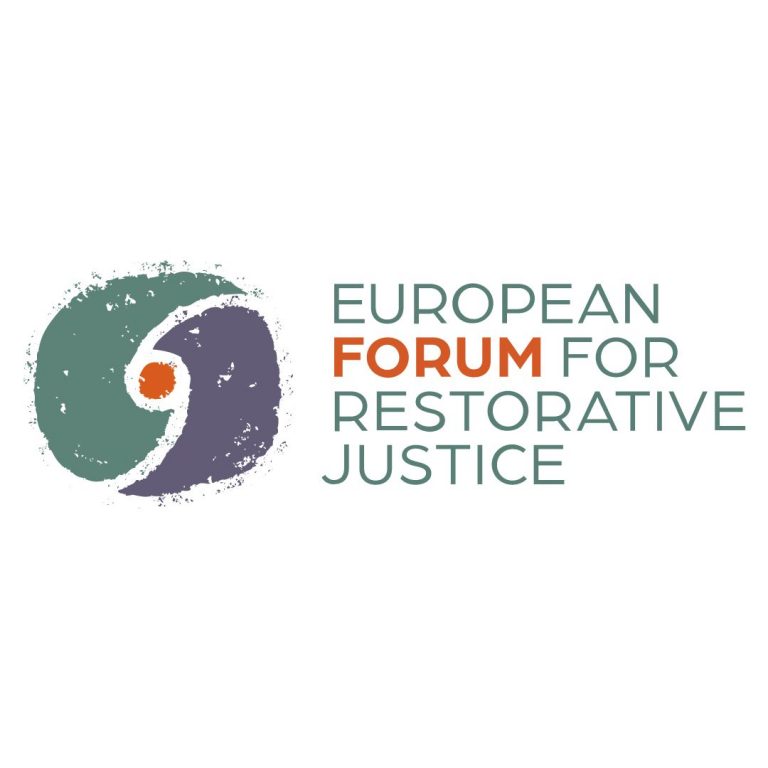
POLICY
Working Group on Restorative Cities

RESEARCH
Purposeful Probation: Resisting Mass Supervision

POLICY
IMPLEMENTING COMMUNITY SANCTIONS AND MEASURES

INSPIRATION
Travel Guide on Restorative Cities

RESEARCH
Significant increase in sanctions and measures without deprivation of liberty in Europe
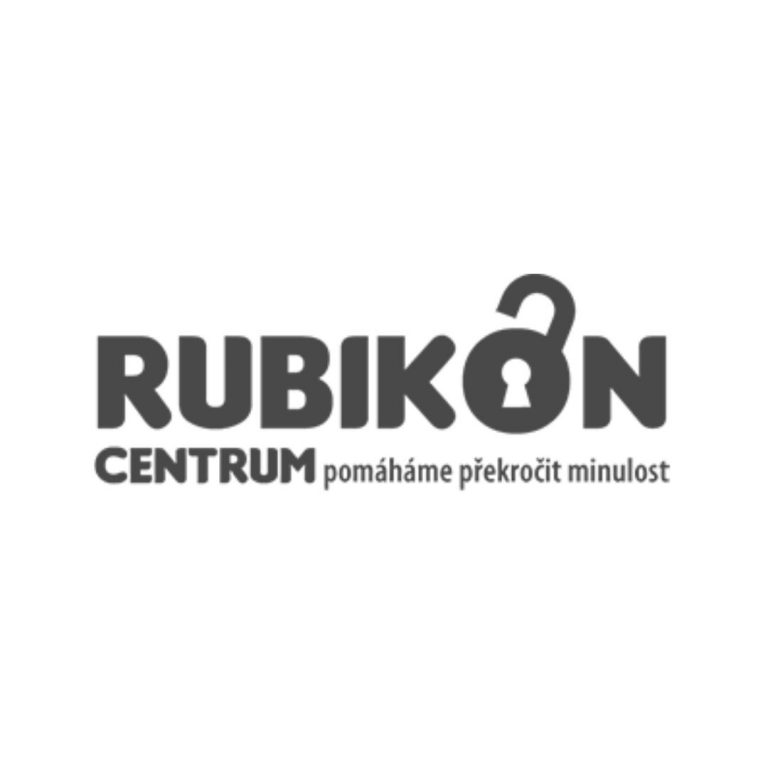
INSPIRATION
Yellow Ribbon Run: RUBIKON
Publications
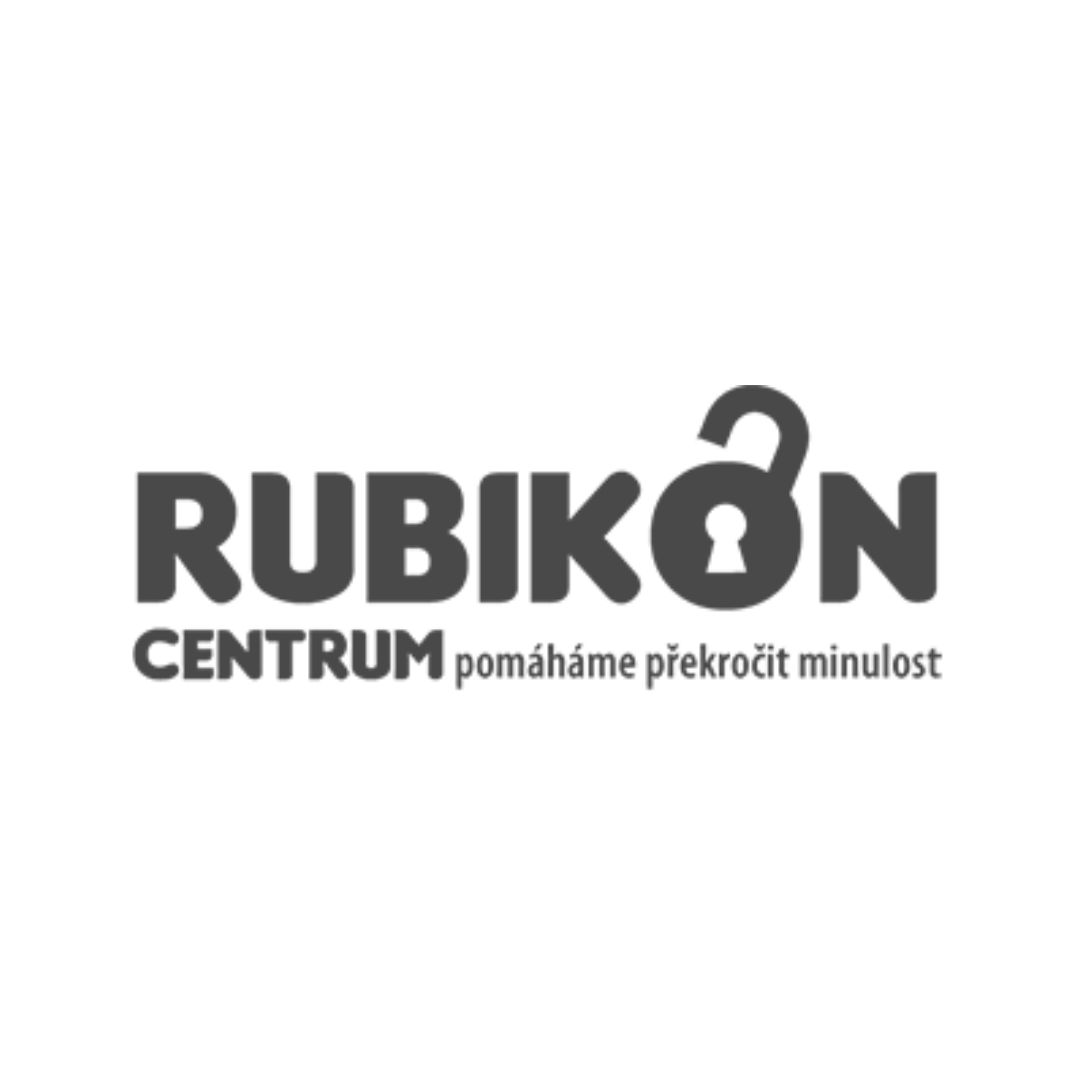
Yellow Ribbon Run: RUBIKON

Significant increase in sanctions and measures without deprivation of liberty in Europe

Travel Guide on Restorative Cities

IMPLEMENTING COMMUNITY SANCTIONS AND MEASURES
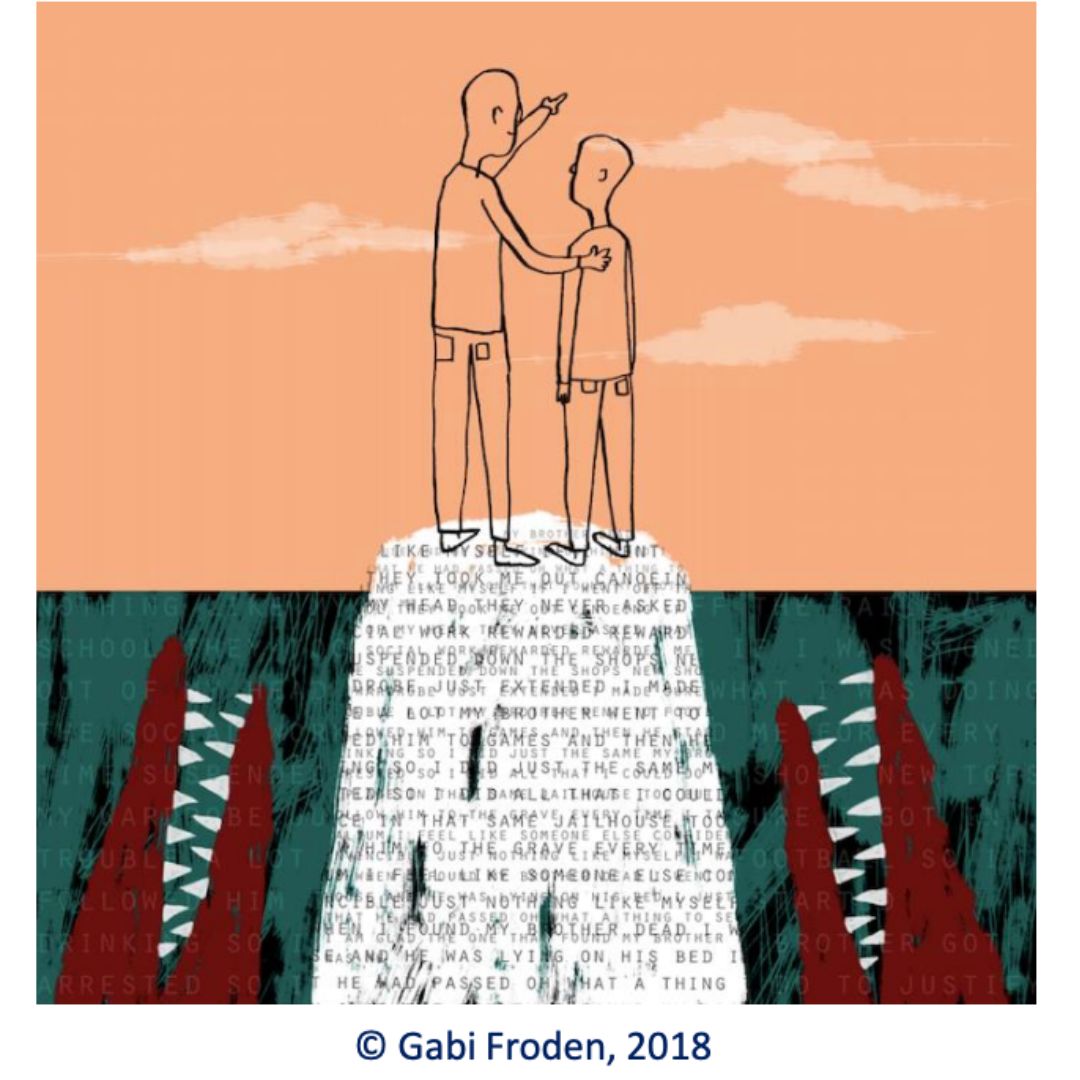
Purposeful Probation: Resisting Mass Supervision
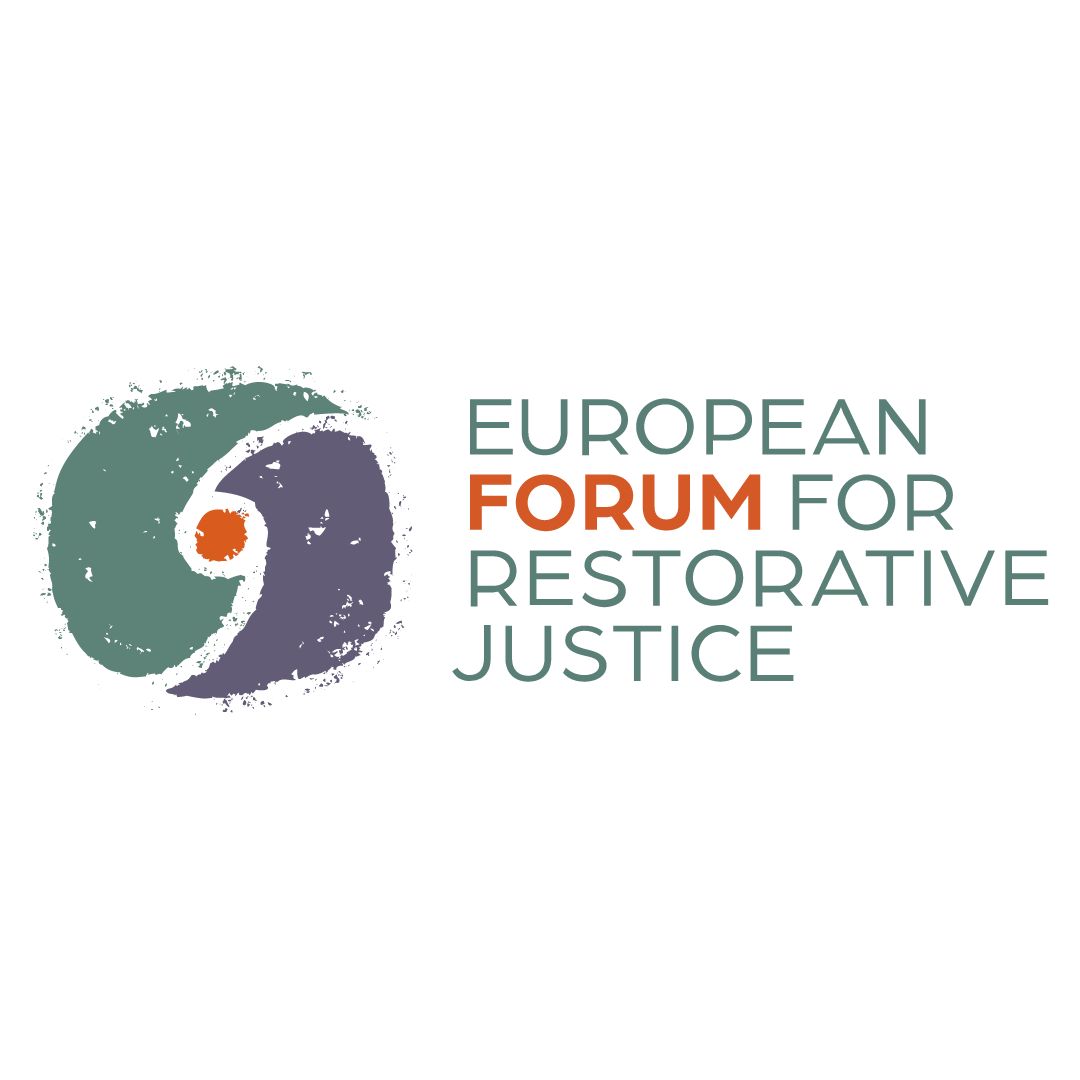
Working Group on Restorative Cities
Learning lab #7 Community-integration
Distance equals disconnection. Large prison facilities located far away from cities in a rural context deviate from the proximity principle. Small-scale detention houses seek to do the complete opposite. They must be integrated in a community to work. This allows the people in detention to not lose connection with the society. It also makes it easier to maintain personal relations like family and friends as they’ll have it much easier to visit a detention house located in a city than a secluded prison facility. The closer to society a person is, the smaller the disconnection towards it after their sentence.
https://www.youtube.com/watch?v=fyOdZQAiaag
previous
MONITORING
next
STAFF
previous
MONITORING
next
STAFF
